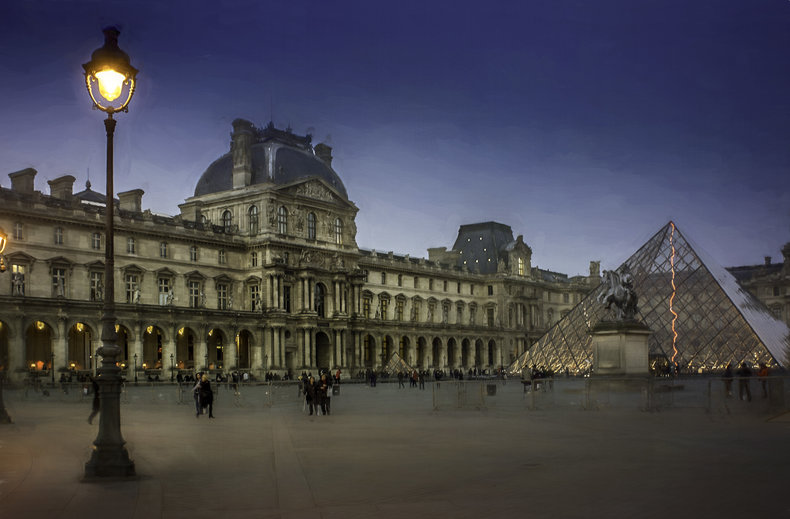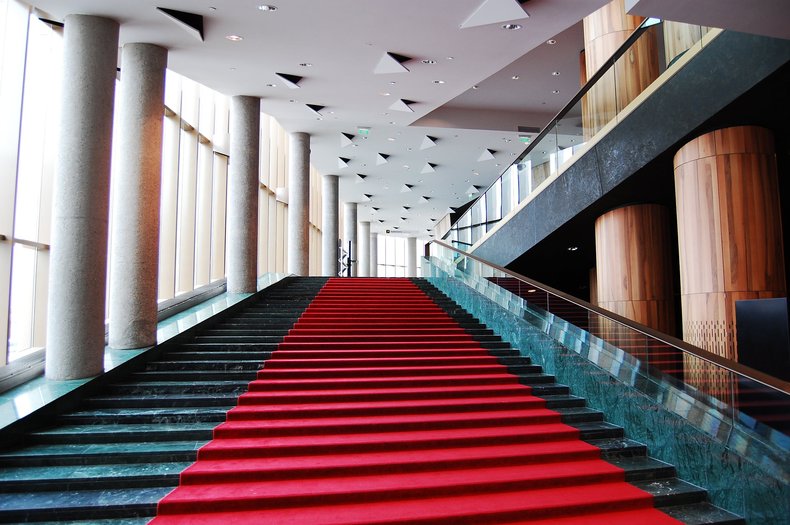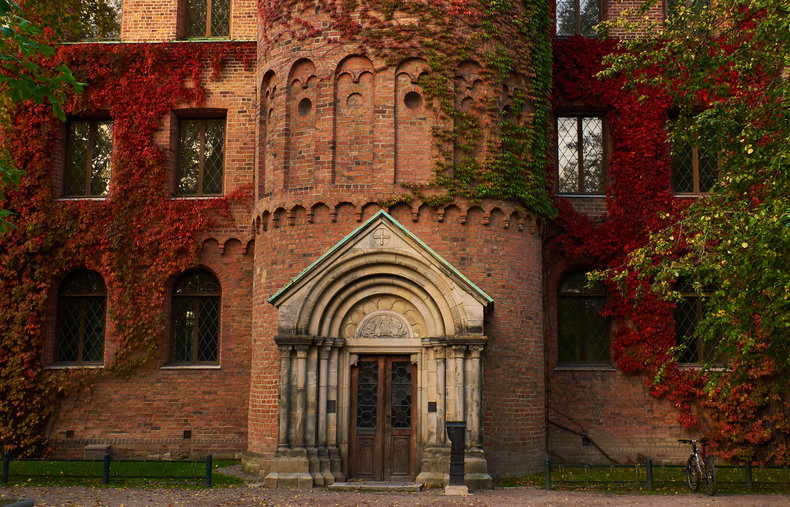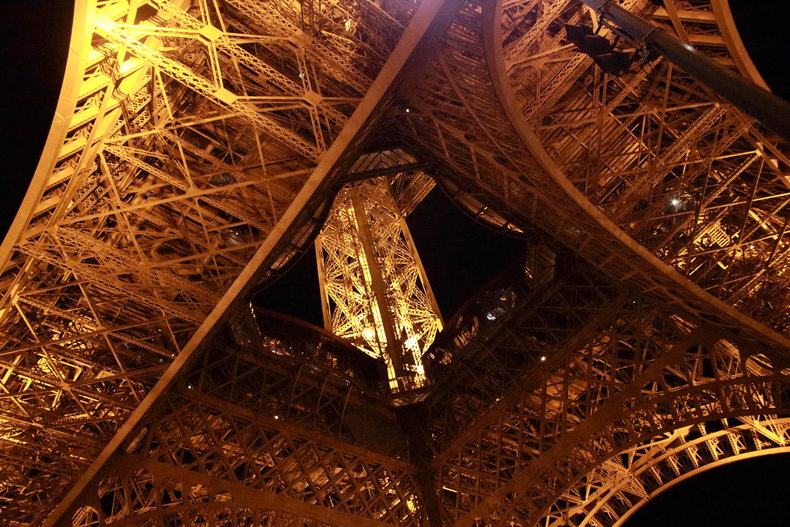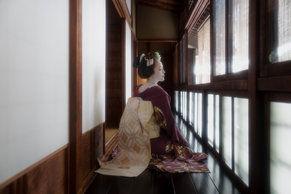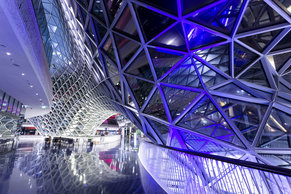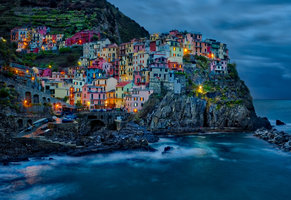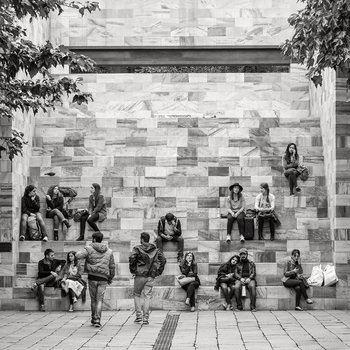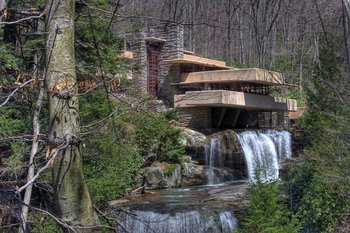|
| |
Architecture is the planning, design and construction of buildings and other large structures. This includes elements of engineering and art. Architects also require an understanding of sustainability, culture, law, business, materials, physics and other sciences. The following are common examples of architecture.
Parti Pris Parti pris is the organizing idea behind an architectural design.Human ScaleMost architecture is built to human scale and considers human factors. For example, very large buildings are structured into floors that are essentially based on the height of humans and their perceptions of space.
OrnamentationOrnamentation is the incorporation of decoration into a building that is nonfunctional and nonstructural.SymmetryArchitecture is typically designed to be visually balanced. The direct way to achieve this is with symmetry whereby both sides of things are the same or very similar.AsymmetryAsymmetrical balance is when something looks balanced on its two sides with both sides being completely different. This is found in architecture as in art and design.UnityUnity is the sense that things fit together in harmony. VarietyUnity doesn't require dull sameness but can be achieved with remarkable levels of variety.RepetitionRepetition of form and elements in a pattern.RhythmPatterns of repetition of architectural forms, elements, lines and ornaments are described as having a rhythm.Active Design Active design is the use of automation and systems within a building. This term is also used to describe buildings that encourage people to walk and otherwise move around under their own power.Passive DesignPassive design denotes systems within a building that work without consuming energy. For example, windows and similar systems such as shoji that allow for passive lighting, daytime heating when closed and cooling when open.Night ArchitectureNight architecture is the design of a structure to look good at night.Architectural Acoustics Designing buildings to control and enhance sound.StyleArchitects influence each other and build upon each other's works such that styles emerge in a time and place. These are characteristic techniques and aesthetics that are often instantly identifiable. It is also common for architects to try to revive historical or distant styles -- these copies are always imperfect resulting in a new style.FacadeA facade is the exterior front of a structure or any side of a building that is meant to be prominently viewed. These are often non-structural leading to the common myth that they serve no purpose. Facades often have functions such as acting as a fire barrier and increasing energy efficiency.MassingMassing is the general size and form of a building. Form is simply the three dimensional shape of a building. For example, a building can be designed to look heavy and solid or light and floaty.StructureThe engineering that holds a structure up under a variety of stresses.HierarchyHierarchy is the articulation of importance or significance using levels of position. For example, a building that becomes more decorative as it rises.SpaceThe volume and form of the space within a building. This includes functional spaces with some purpose and spaces designed for their aesthetics.MinimalismMinimalism has been the dominant style of architecture in the post-WWII period up to the present day. This is designed to support the needs of an industrial economy to scale practical and austere environments out to the masses. Minimalism of this type is characterized by undecorated environments made with practical materials such as concrete. Designs are boxy with white interiors. This type of architecture is designed to offend the least number of people as opposed to being a form of human expression and culture.Form Follows FunctionForm follows function is the principle that massing, structures and space be designed in a practical way to support the functionality of a design. This is associated with minimalism but is occasionally deployed in a charming way nonetheless.Truth to MaterialsTruth to materials is the principle that materials not pretend to be something they are not. This is used by minimalism to justify unadorned concrete and similarly harsh and cold materials. Where postmodern architecture adopts truth to materials it is more likely to chose materials with history attached to them such as red brick and comfortable materials such as wood.Post-ModernismPostmodernism in architecture is largely a rejection of the harshness of minimalism that tends to be austere, unimaginative, repetitive, industrial and cultureless. As such, postmodernism tends to be decorative, organic, complex, asymmetric, brave and to reflect the local culture and landscape. Postmodern buildings also tend to look futuristic.Organic ArchitectureArchitecture that integrates into the surrounding nature or that mimics natural forms.GesamtkunstwerkGesamtkunstwerk is a total art work whereby many different types of art are integrated into a single work. This is associated with architecture that integrates crafts and fine art.Genius Loci Genius loci is the principle that architecture reflect the spirit of its time and place. As architecture tends to have a long lifespan, it often becomes an important artifact of a time and place.
Architecture
This is the complete list of articles we have written about architecture.
If you enjoyed this page, please consider bookmarking Simplicable.
A list of lighting design techniques and considerations.
A list of architectural elements.
An overview of architectural materials with examples.
A list of architectural styles.
A list of architectural techniques.
An overview of building infrastructure with examples.
An architectural overview of popular types of house with examples.
A list of Japanese architecture styles, techniques and elements.
A list of lighting design techniques and considerations.
TrendingThe most popular articles on Simplicable in the past day.
Recent posts or updates on Simplicable.
Site Map
© 2010-2023 Simplicable. All Rights Reserved. Reproduction of materials found on this site, in any form, without explicit permission is prohibited.
View credits & copyrights or citation information for this page.
|

